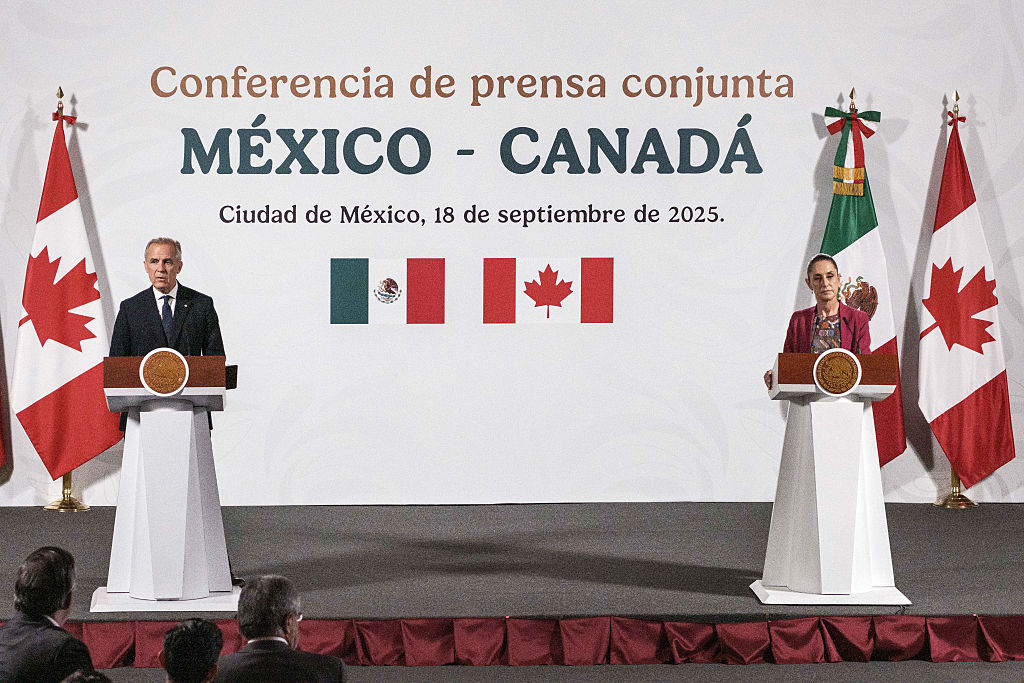New AS/COA Report Shows Immigration Key to New York City's Renaissance, Crime Decline
New AS/COA Report Shows Immigration Key to New York City's Renaissance, Crime Decline
A new report by AS/COA finds immigration has revitalized New York City while reducing the crime rate by up to two-thirds over the last two decades.
New York, April 10, 2014—A new report released today by Americas Society/Council of the Americas (AS/COA), using U.S. Census and American Community Survey data, finds that immigration has helped to revitalize New York City by making communities safer, improving local housing wealth, increasing public revenue, and boosting the city’s population.
The policy brief Immigration and New York City: Contributions of Foreign-Born Americans to New York´s Renaissance, 1975-2013, quantifies the impact immigrants have had on the quality of life of New York’s 8.2 million residents, providing a socioeconomic boost to areas that might otherwise have seen high vacancy rates, abandoned housing, and little economic opportunity. The report finds that immigration has reduced New York City’s crime rate by up to two-thirds over the last two decades, and boosted the city’s housing wealth by $188 billion. Without the immigrants that arrived since 1980, the data shows, the city's property tax base would be $500 billion lower than it is today.
"Immigrants have shaped New York City for generations," said Americas Society/Council of the Americas President and CEO Susan Segal. "This new report, which comes at an important time in the immigration debate, details the critical role immigrants have played in helping our country’s largest city be a dynamic and safe place."
The report, prepared by Jacob Vigdor, professor of public policy and economics at Duke University, uses data from the decennial Census and figures from the American Community Survey, as well as NYPD precinct-level crime statistics. The data show that in the years since New York’s near bankruptcy in the mid-1970s, immigrants have revitalized the city in four key ways:
- Immigration is responsible for reversing New York City’s population decline, helping the economy bounce back. After losing residents in the 1970s, immigration explains why New York City’s population reached an all-time high by 2000 and has kept growing in the new millennium. If those immigrants had not arrived, New York City’s property tax base would have eroded by $500 billion over 30 years, weakening the city’s capacity to provide basic services.
- Immigrants have played a decisive role reducing New York City’s crime rate. Over the last two decades, police precincts in areas of greater immigration witnessed larger declines in crime rates. For every 1 percent increase in a precinct’s population due to immigration, an average of 966 fewer crimes are committed each year. This translates into up to a two-thirds reduction in the crime rate.
- Immigration has lessened the city’s housing affordability problems. While real estate prices have escalated dramatically in segments of Manhattan and Brooklyn dominated by U.S.-born residents, immigrants have blazed trails into formerly struggling sections of the city, in many cases re-establishing new neighborhood alternatives for middle-class families.
- Immigrants are contributing to the personal wealth of city homeowners. The roughly 2 million immigrants who have arrived in New York since the 1980s are responsible for a $188 billion boost to home equity citywide. This impact is particularly notable in the boroughs outside Manhattan where immigrants have clustered. In the Bronx, immigrants have boosted the value of the average home by almost $7,000 since 2000. In Queens, the comparable figure is more than $3,300—a major boost to the wealth of home-owning families.
To request a copy of Immigration and New York City: Contributions of Foreign-Born Americans to New York´s Renaissance, 1975-2013, or to schedule an interview, contact Adriana La Rotta at alarotta@as-coa.org or (212) 277-8384.
Americas Society/Council of the Americas (AS/COA) unite opinion leaders to exchange ideas and create solutions to the challenges of the Americas today. Americas Society (AS), the recipient of a grant from the Rockefeller Brothers Fund to produce this research, was established by David Rockefeller in 1965 and is the premier forum dedicated to education, debate and dialogue in the Americas. Council of the Americas (COA), affiliate organization to AS, is the premier international business organization whose members share a common commitment to economic and social development, open markets, the rule of law, and democracy throughout the Western Hemisphere. Recognizing the link between U.S. immigration and overall hemispheric relations, AS/COA launched its Integration and Immigration Initiative in 2007 to draw on its public–private convening power in order to bring together key constituencies in new gateway cities and to produce research on the link between changing demographics and economic competitiveness.
This research was made possible with support from the Rockefeller Brothers Fund. The opinions and views of the authors do not necessarily state or reflect those of the Fund or of the members or boards of directors of Americas Society/Council of the Americas.








